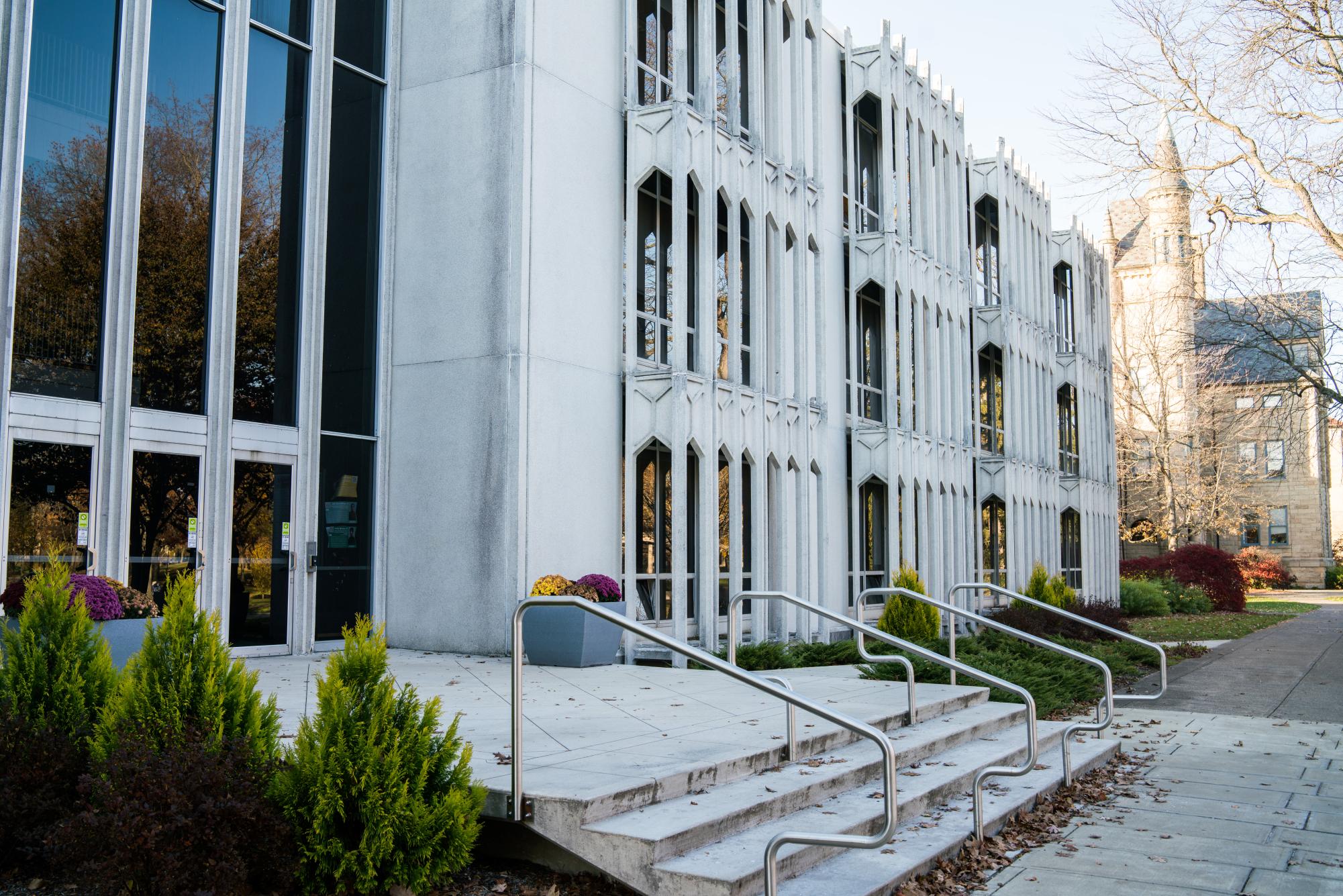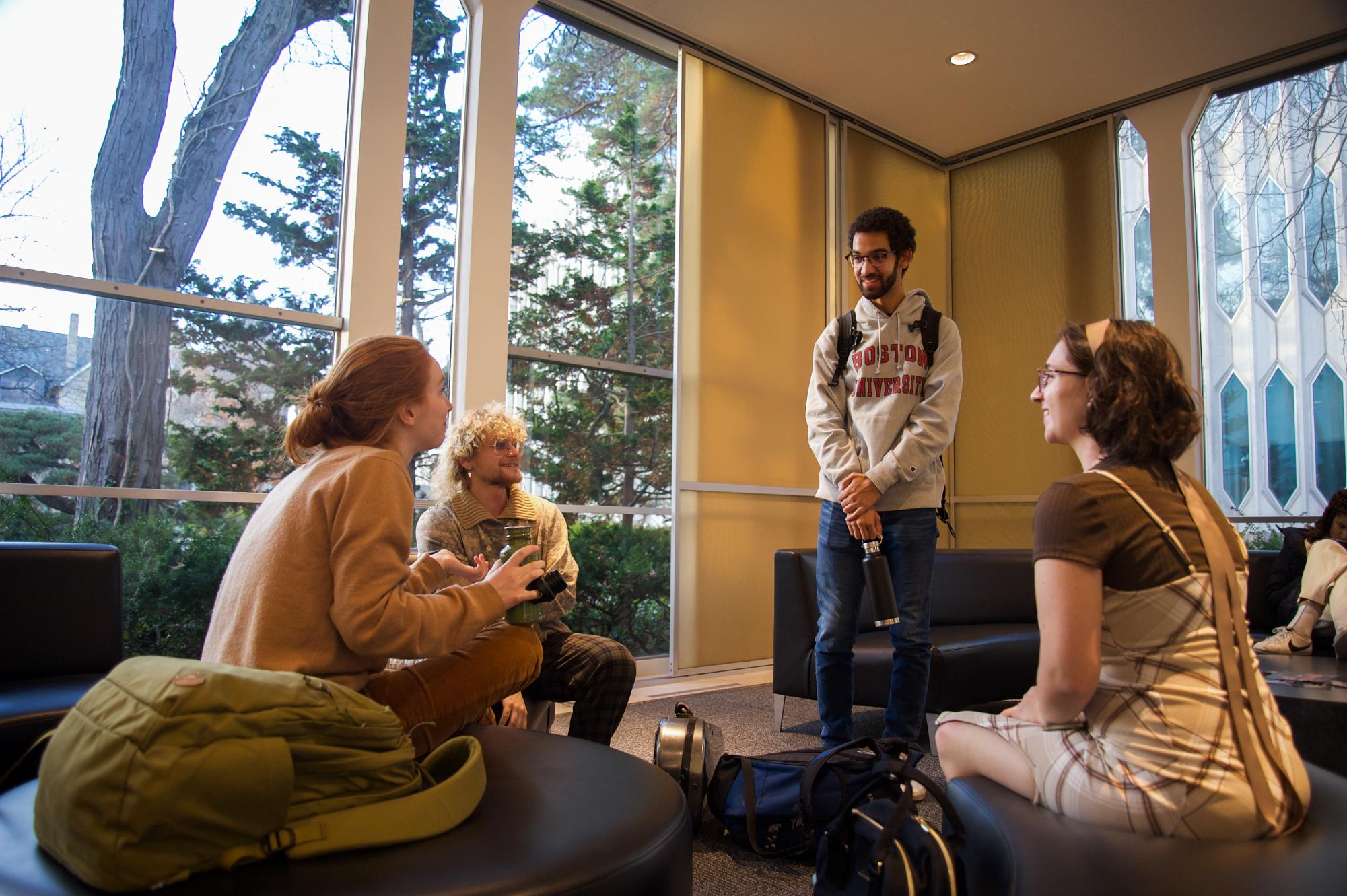Navigating Course Registration Frustrating, Competitive
During my aimless scrolling sessions on TikTok, I’ve seen humorous videos of students at large schools such as Louisiana State University frantically preparing for course registration with a computer, a whiteboard, and an open notebook to plan out schedules in painstaking detail. They compared this process to predicting the NFL draft or competing in the Hunger Games. Unlike LSU, Oberlin does not have over 29,000 undergraduates, yet the obstacles in the current registration process, from glitches on the site to the difficulty of getting into introductory classes, make it feel like you’re competing against that many people. This observation begs the question: Why is this happening?
We’ve heard over and over again that the classes of 2025 and 2026 have had the highest levels of enrollment in the College’s history and, despite first-years registering last, this has a domino effect on registration. For first-years trying to enroll, 100-level classes are filled immediately, and if you’re a second-year or beyond, these classes have a disproportionately large amount of reserved seats for first-years relative to seats open for registration. Essentially, the older you are, the harder it is to get into an introductory class, which all majors require. I’ve taken more 200-level classes relating to my intended major, minors, and concentration than I have 100s, solely because they were much easier to get into.
Additionally, DegreeWorks received a new update this semester, and though the site is now much easier to load, the courses listed are inaccurate, adding to the difficulty of finding a class. For instance, it was surprising to me, as someone with a prospective Journalism concentration, to see Organismal Biology listed as a requirement for the program.
Technological glitches aside, I don’t think Oberlin properly prepares students for the inevitable chaos of registration day. The Peer Advising Leaders program does a good job at establishing the basics of learning about different classes, teaching first-years how to find the prerequisites they may need, emphasizing the need to meet with academic advisors, and showing how them to navigate DegreeWorks. However, the program does not go into enough depth on the process of getting instructor’s consent or what to do when put on a course waitlist. Most of the information I received about this was by word of mouth or social media. I think first-years could benefit much more from being taught this in person during PAL. Based on the article “PAL Program Feels Like Just Another Responsibility” published in The Oberlin Review on March 11, 2022, this could be a worthwhile change made to the program.
The consequences of failure to complete course registration go beyond not getting into the courses you want. There is the potential of having to overload and pay extra in order to fulfill your requirements on time for graduation or taking an extra semester to finish. These experiences aren’t unique to Oberlin, but because of the disorganization of registration and the large size of the classes of 2025 and 2026 throwing off the balance, this could be happening a lot more in the future, causing an extra amount of financial and academic stress for many.
This semester, after 10 alarms, a hastily written note detailing my plans and backup classes, and a prayer, I finally got into all my first choice classes — but it should not have taken this long for this to happen. While there were certainly faults on my end, such as my tendency to oversleep the day of, the College’s negligence in regard to course registration has played a significant role as well, and there needs to be more support and guidance provided for students navigating course registration to ease the competition and frustrations that have come with the process.



